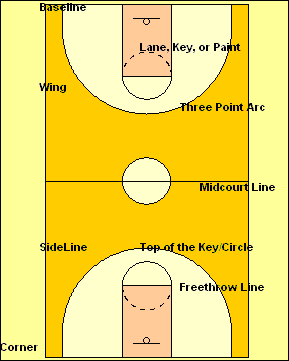Study Notes
Chapter 9 Notes
Nutrition is
the science of food and how the body uses it.
The body
requires 3 MACRONUTRIENTS…Fat, Protein, and Carbohydrates.
·
Carbs
make up 55-60% of our daily caloric intake.
·
They yield 4 cal per gram.
·
Are
both simple and complex or sugars and starches
·
Sugars
include glucose, fructose, lactose, and sucrose
·
Starches
are found in breads, vegs, rice.
·
Carbs
are broken down and stored as an energy source Glycogen
·
We
use 50% of our food energy to fuel brain activity
The Glycemic
Index ranks carbs according to their effect on blood glucose level
·
Meat,
fish, legumes, whole wheat pasta, rice, sweet potates are examples of Low GI
foods that slowly raise the blood sugar
·
White
bread, white rice, potates, fries are exxamples of High GI foods that raise
blood sugar quickly and can be detrimental to health.
Fats
·
The
main factor that determines of fats are healthy is the amount and type of
Cholesterol. Cholestrol carriers are HDL (high dentisty lipoprotein) and LDL
(low density lipoprotein). LDL carries
cholesterol to the cells….and sometimes leaves it in the veins and artieries
which eventually clog up. BAD HDL
carries to back to liver from the cells (removes it from the blood) GOOD
Proteins
·
Are
composed of chains Amino Acids, the building blocks of life. There are 20 commonly recognized, naturally
occurring amino acids. But 9 are essential.
·
There
are complete proteins (animal products) and incomplete proteins (beans, nuts,
Plant sources)
·
They
make up 15% of our daily intake
Vitamins and
Minerals and Water
·
Are
organic substances
·
Water
soluble C and B complex vitamins are not stored and are expelled in in
urination
·
Fat
soluble A, D, E, K are stored in fat
·
Minerals
are inorganic and function as structural elements, act as catalysts in the release
of energy, and regulate body function.
·






